The first Tesla robotaxi is “tentatively” set to roll out on June 22, according to CEO Elon Musk, though that date could be pushed back, he indicated in a tweet because he is being “super paranoid about safety.” With Tesla’s EV sales sliding fast in many key markets, analysts and investors believe fully self-driving vehicles will be critical to the brand’s future. More from Headlight.News.

A social media post shows at least one Tesla robotaxi is being tested on Austin public roads already.
Somewhere between 10 to 20 Tesla “robotaxis” are expected to roll out of the automaker’s factory in Austin, Texas this month, a move that many believe will be essential to the company’s long-term future.
The first of those driverless vehicles is “tentatively” scheduled to go into operation on June 22, said CEO Elon Musk, newly returned to Tesla after a four-month stay in Washington, D.C., running the Department of Government Efficiency.
That’s 10 days later than previously announced – and even the latest date could be pushed back, Musk indicated in a post on his social media site, X, cautioning “We are being super paranoid about safety, so the date could shift.”
A first step
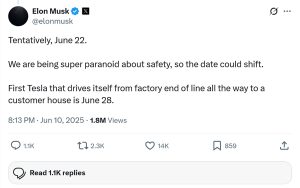 Even if the current schedule holds, Tesla doesn’t plan to immediately begin serving paying customers. It will first test those robotaxis on public roads in Austin, Texas. “First Tesla that drives itself from factory end of line all the way to a customer house is June 28.”
Even if the current schedule holds, Tesla doesn’t plan to immediately begin serving paying customers. It will first test those robotaxis on public roads in Austin, Texas. “First Tesla that drives itself from factory end of line all the way to a customer house is June 28.”
At the point, if all goes well, Tesla would begin serving the Austin area in competition to Waymo, the autonomous ride-sharing service operated by Google parent Alphabet, as well as conventional cab operators.
Initially, these robotaxis will be remotely monitored and “geofenced,” meaning they will only be able to operate in what Tesla engineers believe are the safest areas of Austin, Musk told CNBC last month.
An AIRBNB thing
Longer-term, Tesla is betting it will be able to sell driverless vehicles to consumers who will then allow them to serve in the company’s fleet, say, when the owner is at work or asleep.
“There’ll be some cars that Tesla owns itself,” Musk said during Tesla’s annual conference last summer. “But then for the fleet that’s owned by our customers, it will be like an Airbnb thing.”
“So you can say like, I’m going away for a week. Just one tap on your Tesla app, your car gets added to the fleet and it just makes money for you while you’re gone.”
Whether that will provide enough of the vehicles – especially at peak hours of demand – remains to be seen. Competitor Waymo operates its own fleet of driverless cabs in cities including San Francisco, Los Angels and Austin.
More Autonomous Vehicle News
- Tesla v Waymo: Get Ready for the Duel of the Robotaxis
- VW, Uber Launch New Ride-Sharing Partnership
- Trump Administration Eases Driverless Development Rules
Roadblocks
Tesla has a long history of missing target dates. Of all the vehicles it has so far launched, only the original Model 3 came out on time – and then experienced what Musk once described as “production hell” as the carmaker struggled to get factory operations in order.
Back in 2019, Musk said he was “very confident” Tesla would be launching its first robotaxis in 2020. The company has also struggled to deliver a fully functional version of the Full Self-Driving system it has sold to thousands of customers. That has led to lawsuits, while federal regulators have launched a series of probes resulting from crashes involving FSD and Tesla’s earlier Autopilot system.
At launch, Tesla’s robotaxi service will rely on specially modified versions of the automaker’s Model Y battery-electric crossover. It remains unclear when Tesla will follow up with the Cybercab, a dedicated robocab model it revealed last October.
Even the name Tesla chose for its technology, “Robotaxi,” has been rejected by the U.S. Patent Office which responded that it “merely describes a feature” of the car which “is used to describe similar goods and services by other companies.” The Patent Office has also rejected the name “Cybercab” which, it ruled, could lead to confusion by consumers.
Musk betting the company
While Tesla remains the largest supplier of battery-electric vehicles in the U.S. it has lost that leadership globally as Chinese competitors gain traction in not only their home market but other regions. Tesla sales have fallen roughly 50% in Europe this year, while they’re down in the low double-digits, in part due to the backlash over Musk’s political shift to the right and his role in the controversial DOGE.
The automaker has also experienced a big drop in China, even though EV sales in that market are up 35%this year, Chinese manufacturer BYD is now outselling Tesla worldwide.
That has led Musk to put emphasis on Tesla’s other business operations, including solar cells, storage batteries and artificial intelligence. But he’s emphasized his plan to make both driverless vehicles and the Optimus Prime robot the company’s big profit drivers going forward.

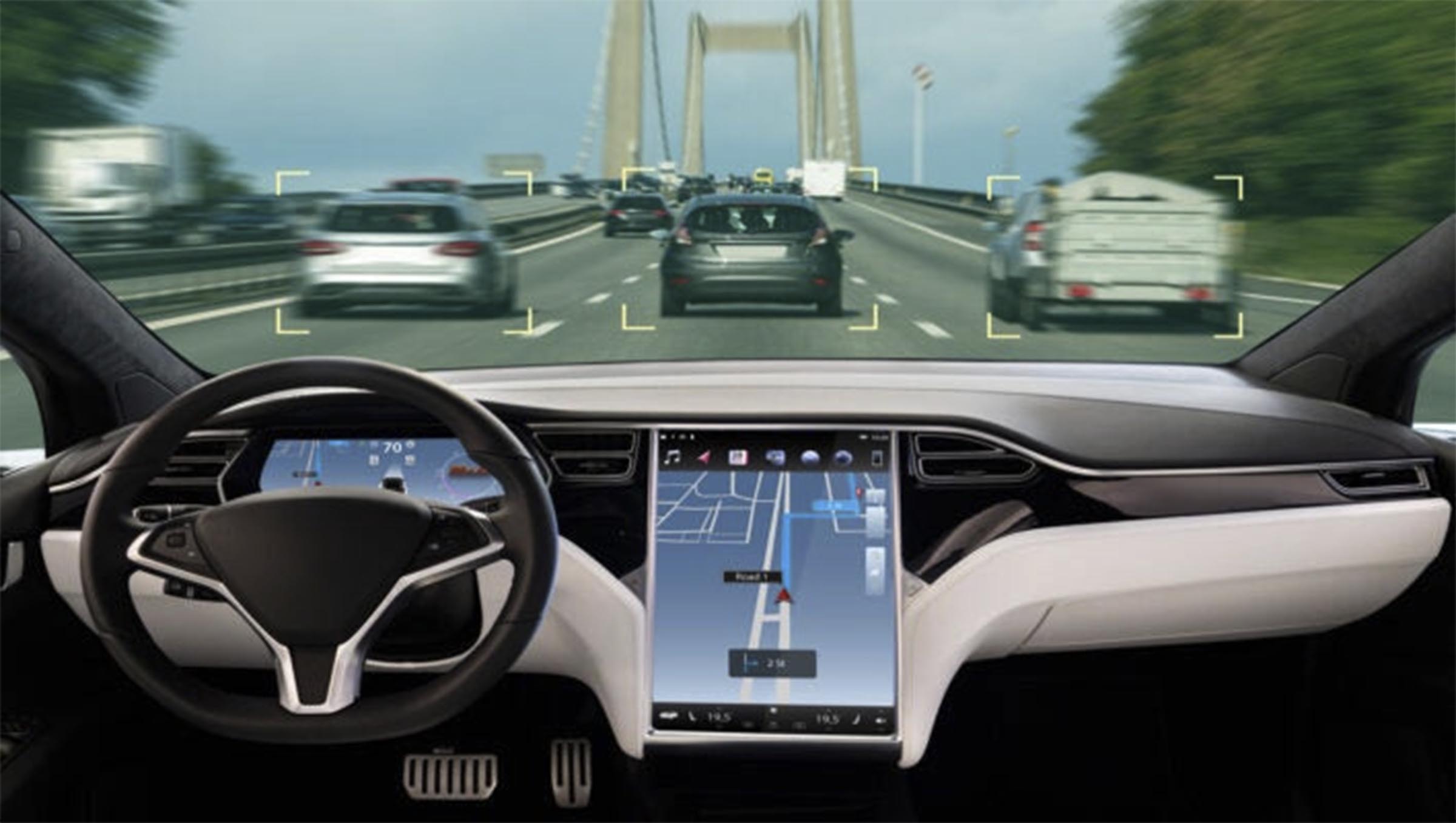
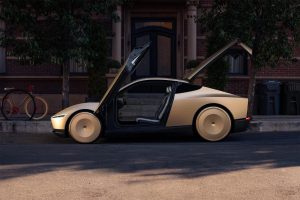
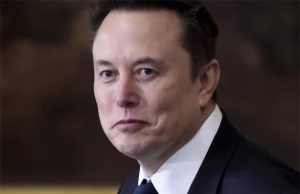

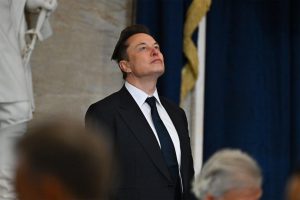
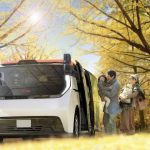
0 Comments